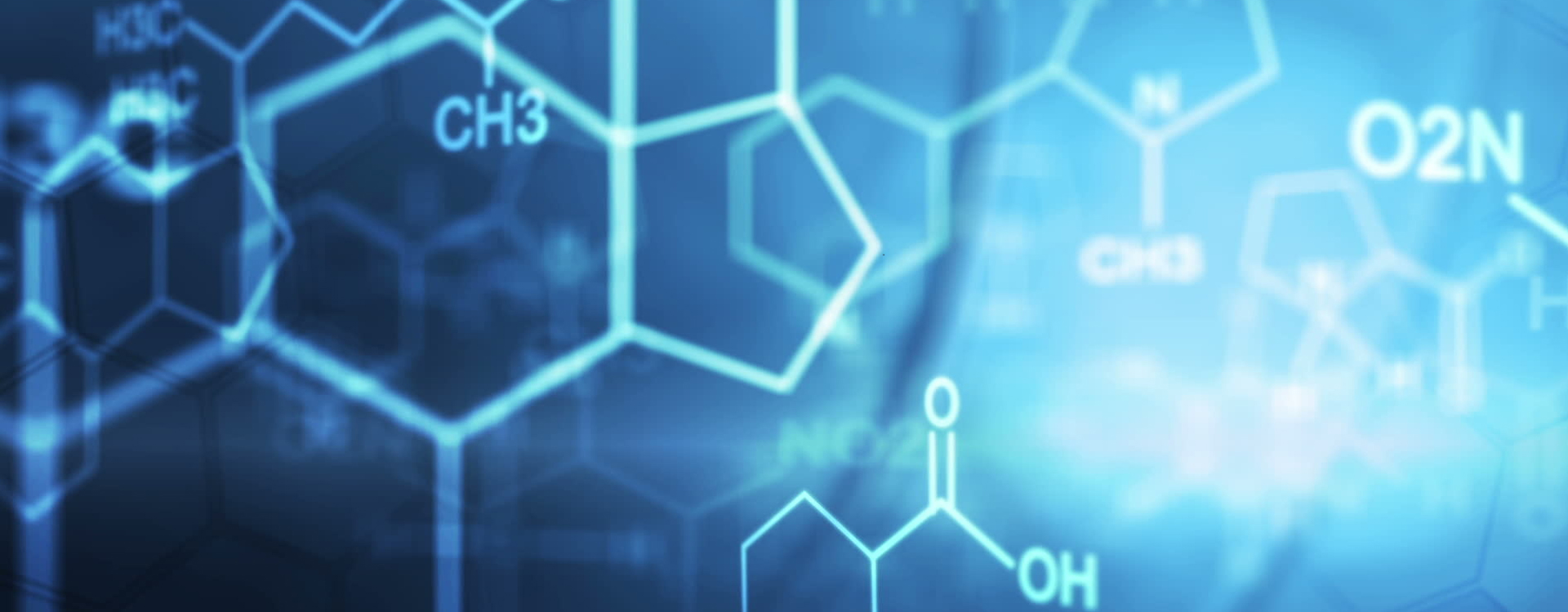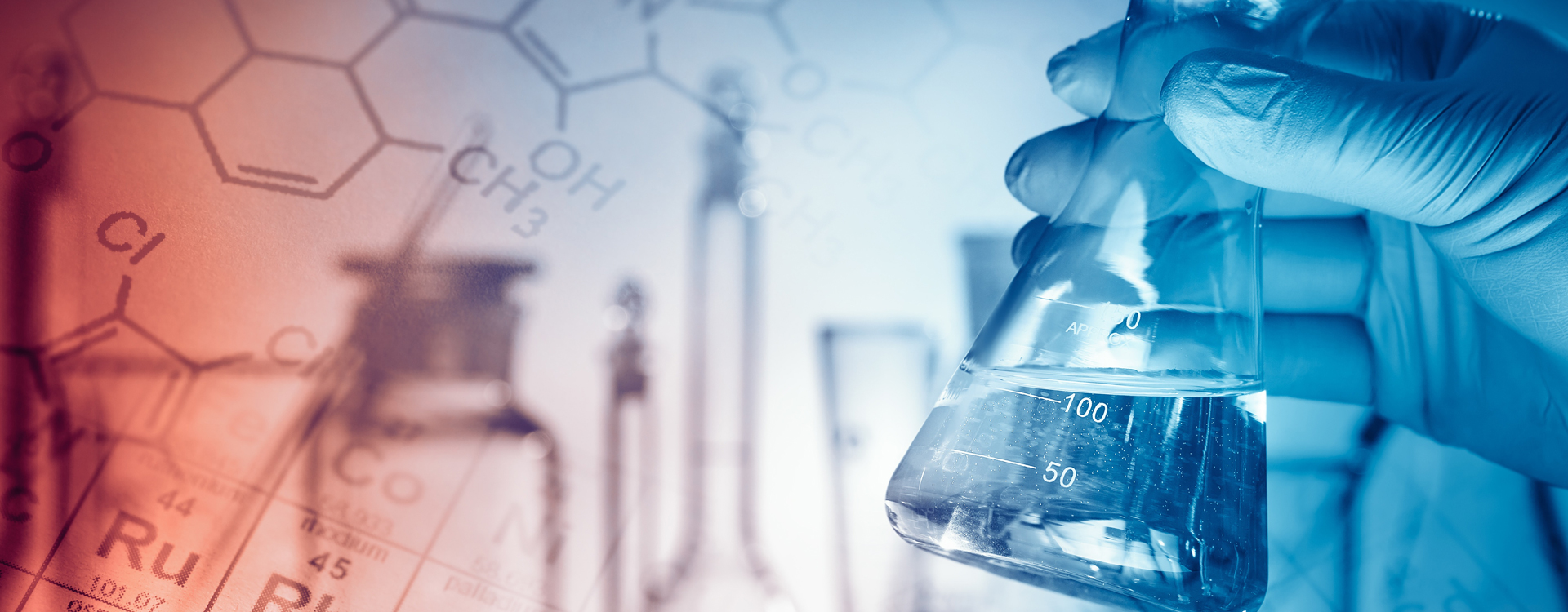Seminar Details
The goal of this study is to synthesize and characterize a noble biomaterial, Glyconanoparticle-based hydrogel by mimicking the bone extracellular matrix. This new biomaterial acts as an efficient protein carrier towards Osteoinflammation. This biomaterial aims to replicate the structure and function of the extracellular matrix found in bone tissue. The extracellular matrix is the complex network of proteins and other molecules that provides structural support to cells and influences their behavior. By mimicking the composition and architecture of the bone extracellular matrix, this drug creates an environment that is conducive to bone regeneration and repair. Additionally, the drug is designed to enhance the osteoinductive properties of the scaffold. Osteoinduction is the process by which certain molecules or materials stimulate the differentiation of stem cells into bone-forming cells (Osteoblasts) and promote bone tissue formation. By incorporating the bone morphogenetic protein-2 (BMP-2) mimetic peptide, the drug enhances the scaffold's ability to induce this bone-forming process, thereby promoting more efficient and effective bone regeneration. Glyconanoparticles are composed primarily of two components: sulfhydryl hydroxyapatite and a hydrogel derived from chondroitin sulfate. Sulfhydryl hydroxyapatite represents a functionalized form of hydroxyapatite, a mineral found abundantly in natural bone. The addition of sulfhydryl groups enhances its reactivity and facilitates interactions with other molecules. On the other hand, chondroitin sulphate, a component of connective tissues, forms the basis of a hydrogel that provides structural integrity and enables the encapsulation and controlled release of bioactive compounds. The significance of this composition lies in its biomimetic nature, closely resembling the constituents of bone tissue. This biomimicry fosters compatibility with biological systems, facilitating interactions with surrounding tissues and cells. Moreover, the glyconanoparticle combination of mineral and hydrogel components offers potential applications in tissue engineering, particularly in bone regeneration and repair. The mineral component provides a scaffold for new bone formation, while the hydrogel matrix offers mechanical support and the ability to deliver therapeutic agents precisely to target sites. Overall, this composition holds promise for advancing biomedical technologies, offering innovative solutions for tissue engineering and regenerative medicine.


